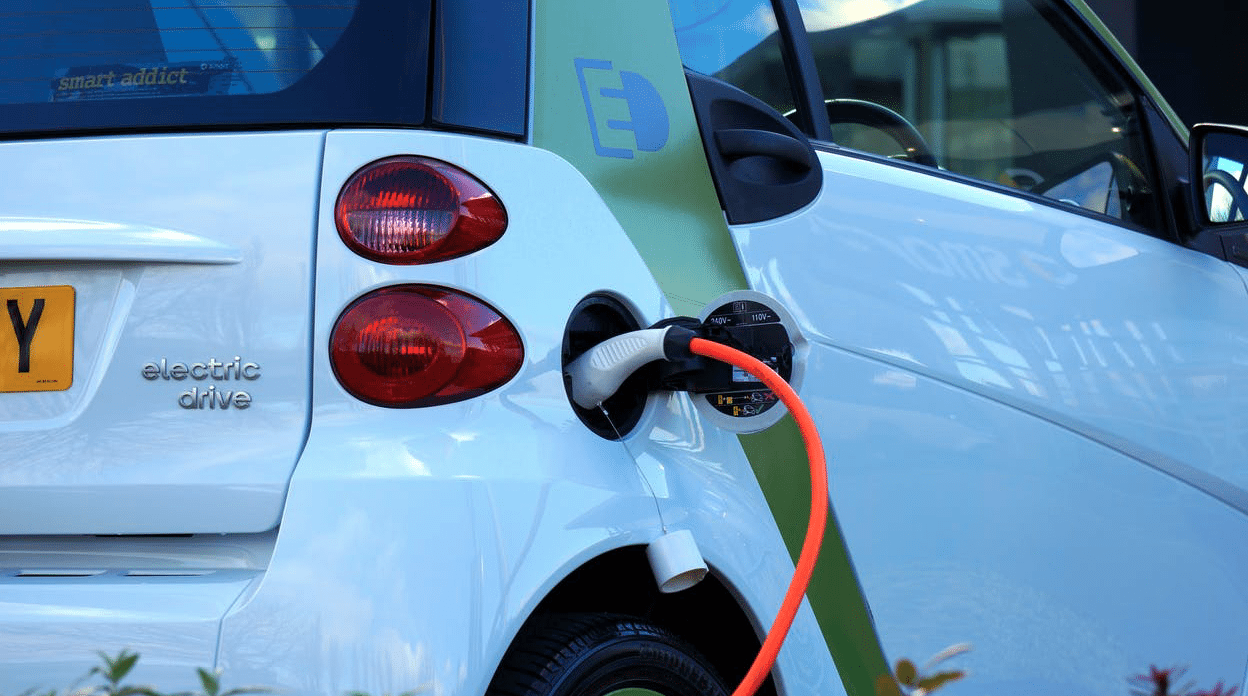
Some consumers worry that wireless charging is difficult and less efficient than wired charging systems. Gruzen refuted this assertion to Clean Technica, explaining that wireless charging equipment operates on 220-240 volts, just as a wired system does, and is between 90 percent and 93 percent efficient, which is comparable to the 88 percent to 95 percent efficiency averages of wired chargers.
When it comes to ease of use, wireless charging is markedly simpler, requiring the user only to park on a charging pad. There are no adapters to connect, no worries about forgetting to plug in the car, and no need to unplug a cord when charging is complete. Gruzen compared the use of a wireless charging system to waking up each day to a full tank of gas, so drivers need not worry that their electric vehicle will fail to get them where they need to go each day.
In November 2017, The Society of Automotive Engineers released its recommendations for the worldwide standardization of wireless charging systems, which are expected to be ratified in 2018. These standards will pave the way for advances in electric vehicle technology and the establishment of uniform wireless charging infrastructure across the globe. While some electric vehicle enthusiasts are concerned that focusing on wireless charging may harm the overall shift toward electric and autonomous cars, Gruzen rebutted that autonomous cars will not have drivers to plug them in. If the future holds fleets of autonomous robo-taxis, they must be powered by wireless infrastructure.
January 31, 2018




Reader Interactions